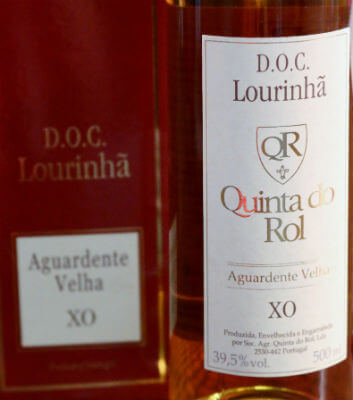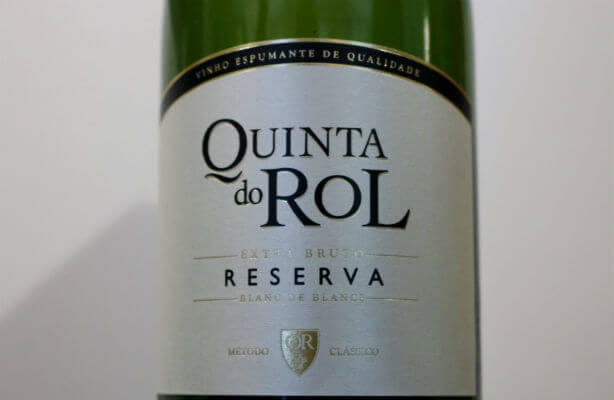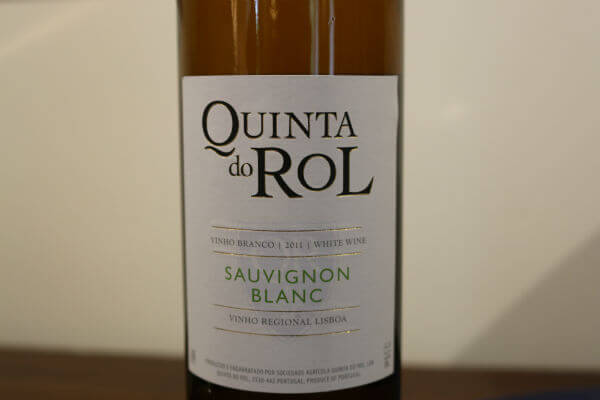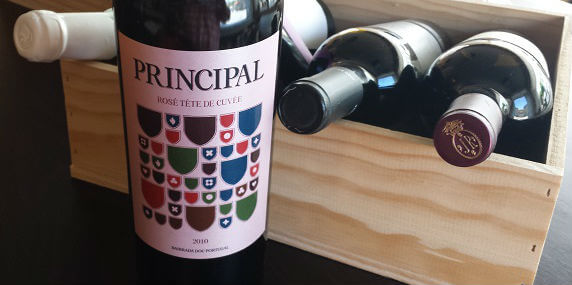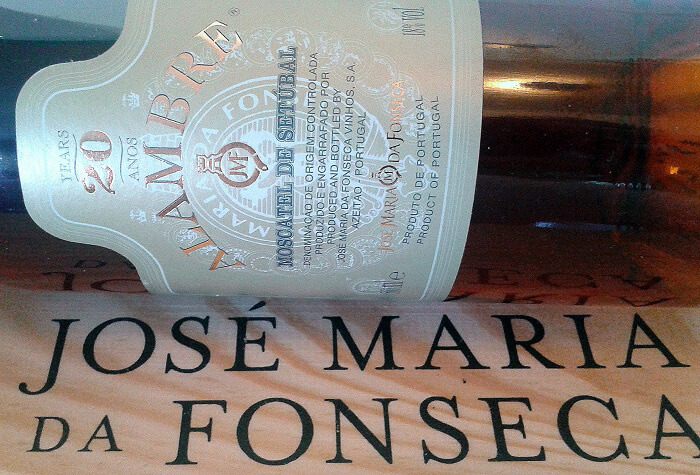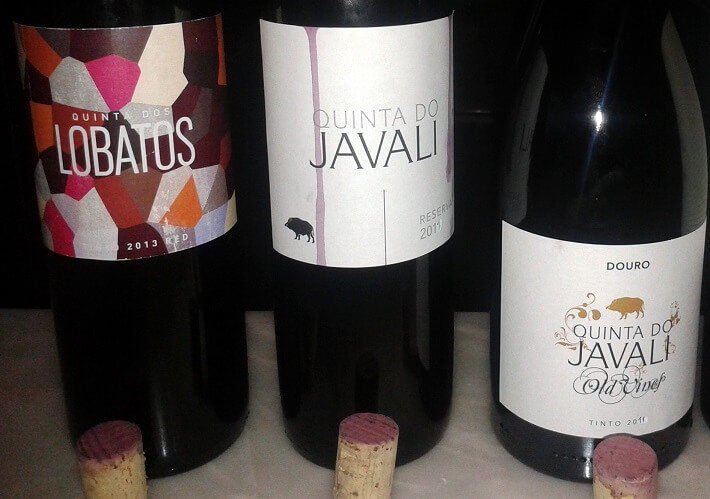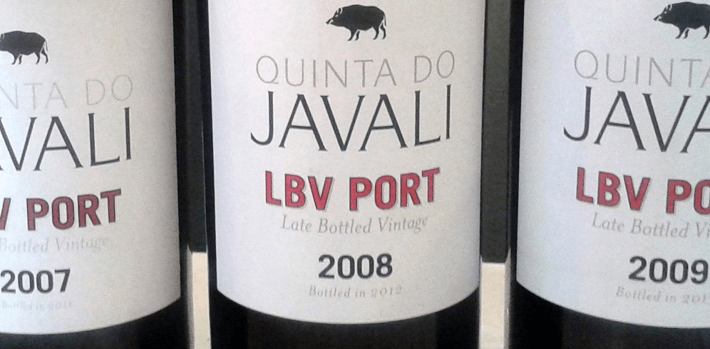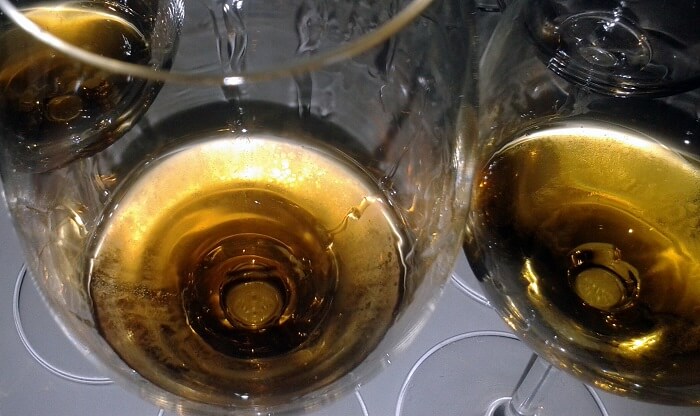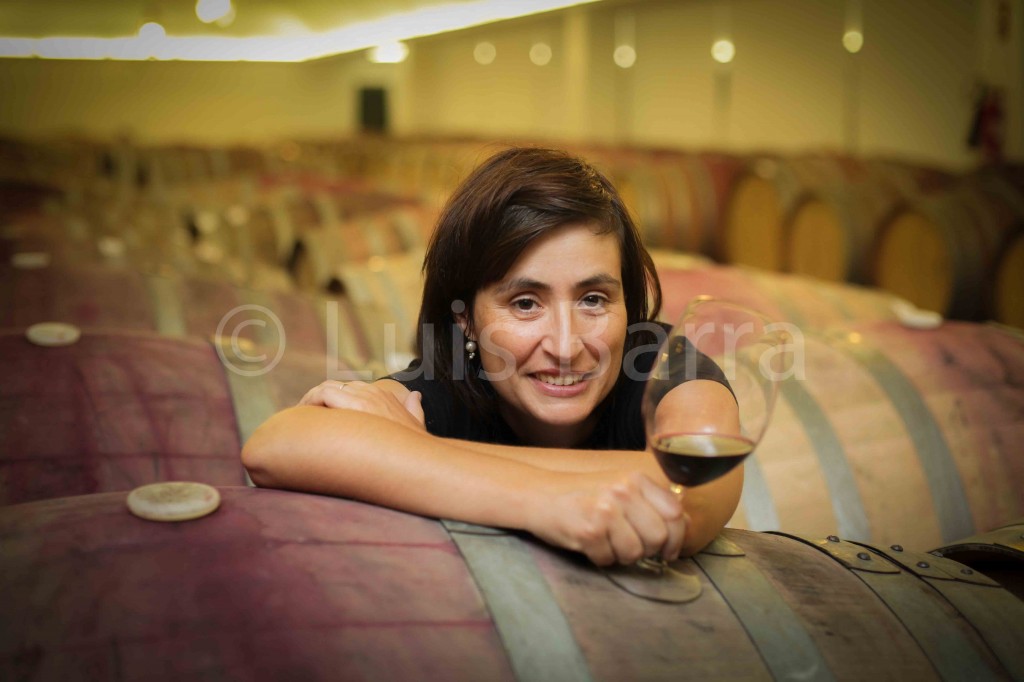Dona Maria, between classical and modernity
Text João Pedro de Carvalho | Translation Bruno Ferreira
At Quinta de Dona Maria in Estremoz lies a mix of classicism and modernity which was elegantly carried over to the wines produced there.
Sandra Gonçalves’ enology is precise and refined, resulting in detailed wines with soul which are also elegantly serious and fresh in a mix that reflects itself in a nice longevity.

Quinta Dona Maria – Photo by João Pedro de Carvalho | All Rights Reserved
From the most classical exemplars, supported by the solid character of the clay-limestone soils of the region, arises the Dona Maria range (red, white and rosé), reaching its prime with Dona Maria Reserva. The offer is complemented with some varietals of a more modern inspiration such as the Viognier 2013 and the Touriga Nacional/Petit Verdot 2011 which are about to be highlighted here.
Side by side we find that both the Dona Maria red and white are wines of a classical layout, in that so special Alentejo inside those gates. The wines are still young with a voracious appetite for a more composed table, as the €8 price-tag shows. A nice cost-satisfaction correlation.
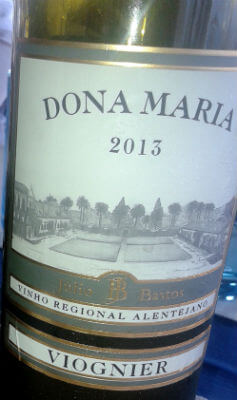
Dona Maria Viognier 2103 – Photo by João Pedro de Carvalho | All Rights Reserved
Dona Maria white 2013
Made on the basis of Arinto, Antao Vaz and Viosinho, good freshness’ set, with white-fleshed fruit, vegetal, tropical fruit and citrus. Balanced set, presence of fruit on the palate, elegant with persistent ending.
Dona Maria Viognier 2103
Full of flowers, with pear and ripe peach, a slight touch syrup wrapped in freshness resulting in a serious set, without being too expansive and showing itself with some weight on the palate, entangled in freshness, a refined tasting in line with the variety.

Dona Maria red 2011 | Dona Maria Touriga Nacional/Petit Verdot 2011 – Photo by João de Pedro Carvalho | All Rights Reserved
Dona Maria red 2011
6 months in oak barrels, a nice whole with good freshness and a lot of good juicy red fruits with smoked notes, a slight trace of spices, in a good complexity. Firm, good freshness in the mouth, based on a steady structure ensuring its longevity.
Dona Maria Touriga Nacional/Petit Verdot 2011
The two varieties that in previous harvests stood alone decided to blend themselves, forward comes the duet in 2011. Intense aroma combining the very best of each variety. Flowers and wild fruits with vegetal/balsamic traces, conferring a whole which combines a slightly austere background with that fruit tastiness, as much in the aroma as in the palate. Ample, tasty, balanced with freshness scoring the points in a persistent and long ending.
Contacts
Quinta do Carmo 7100-055 Estremoz
Tel: (+351) 268 339 150
Fax: (+351) 268 339 155
Email: donamaria@donamaria.pt
Site: donamaria.pt




